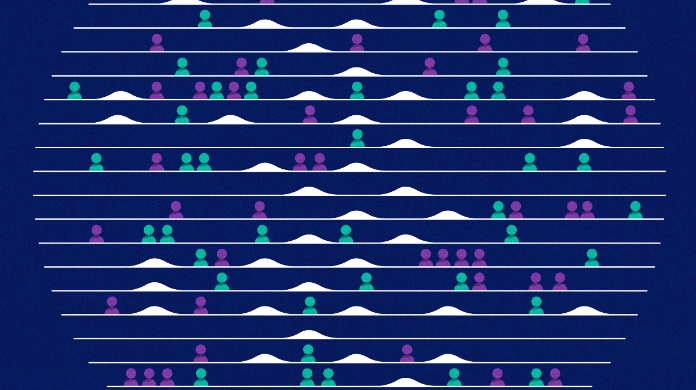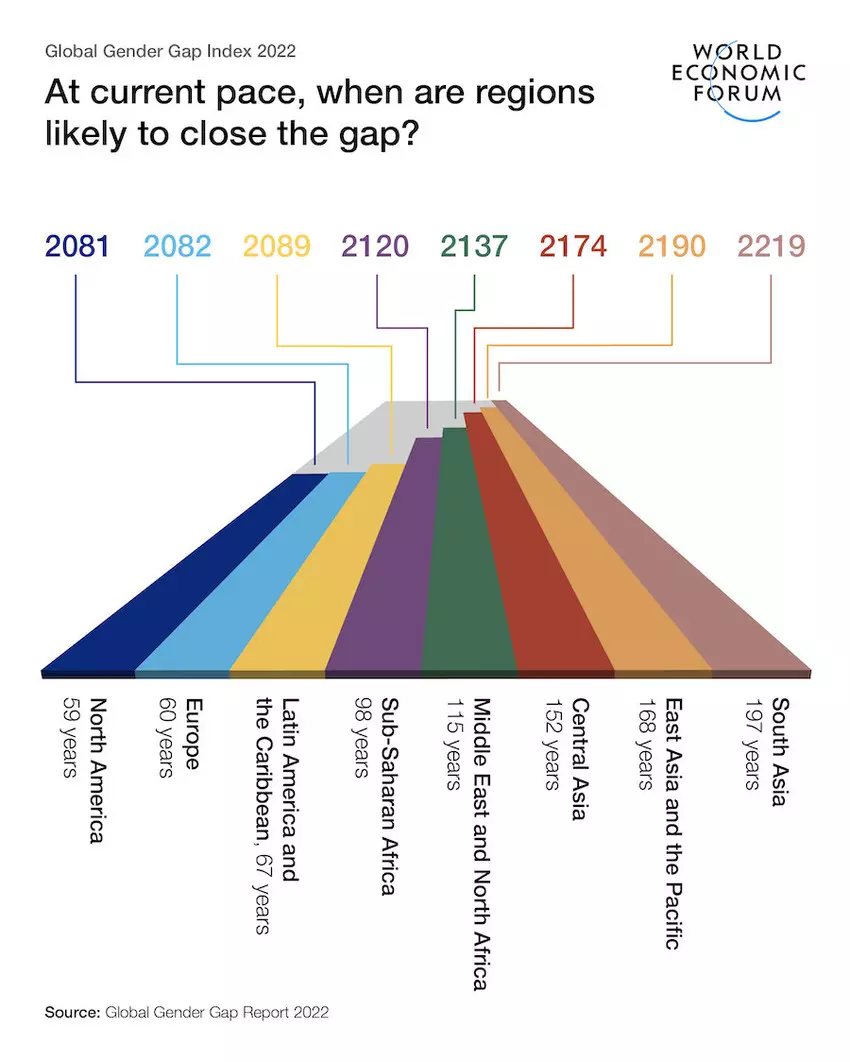Global Gender Gap Closed by 68.1%

In 2022, the global gender gap has been closed by 68.1% according to the World Economic Forum's Global Gender Gap Report 2022.
At the current rate of progress, it will take 132 years to reach full parity.
This a slight four-year improvement compared to the estimated 136 years to parity in 2021.
Across the 146 countries covered by the 2022 index, the Health and Survival gender gap has closed by 95.8%, Educational Attainment by 94.4%, Economic Participation and Opportunity by 60.3% and Political Empowerment by 22%.
Global gender gap front-runners
Although no country has yet achieved full gender parity, the top 10 economies have closed at least 80% of their gender gaps.
Iceland (90.8%) is leading the global ranking and remains the only economy to have closed over 90% of its gender gap.
Other Scandinavian countries such as Finland (86%, 2nd), Norway (84.5%, 3rd) and Sweden (82.2%, 5th) feature in the top 5. New Zealand comes in 4th place (84.1%).
Rwanda comes 6th (81.1%, 6th) followed closely by Nicaragua (81%, 7th) and Namibia (80.7%, 8th),
Ireland (80.4%) and Germany (80.1%) score 9th and 10th positions, respectively.
A view from the future
At the current rates of progress, it will take 155 years to close the Political Empowerment gender gap, 151 years for the Economic Participation and Opportunity gender gap and 22 years for the Educational Attainment gender gap.

The time to close the Health and Survival gender gap remains undefined as its progress to parity has stalled.
Compared to men, women continue to be underrepresented in STEM (Science, Technology, Engineering and Mathematics) fields.
The gender gap is most obvious in Information and Communication Technologies (ICT) and Engineering and Manufacturing. The percentage of women graduates in ICT is 1.7%, compared to 8.2% of men graduates. In Engineering and Manufacturing the same figures are 24.6% for men and 6.6% for women.
One of the ways to encourage more women to enter STEM fields is promoting role models and networking.
